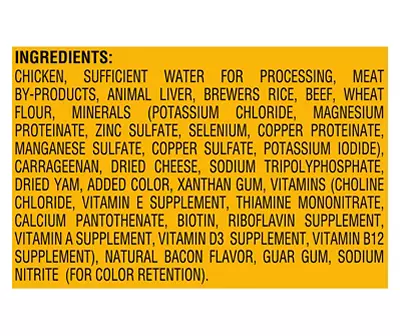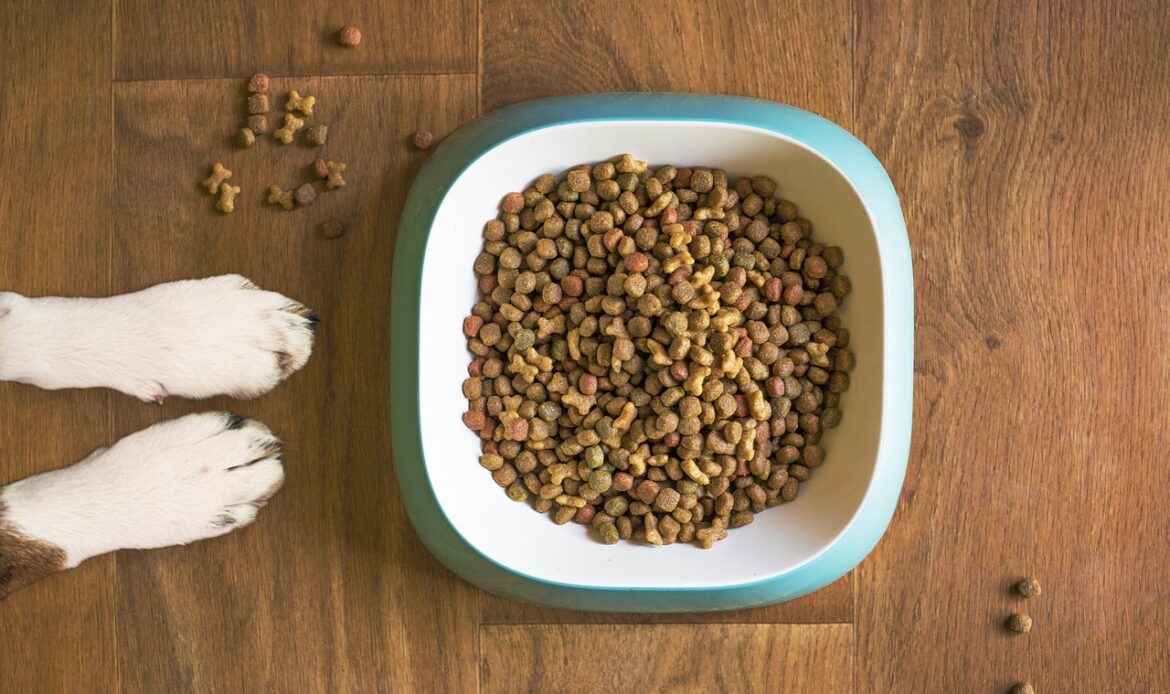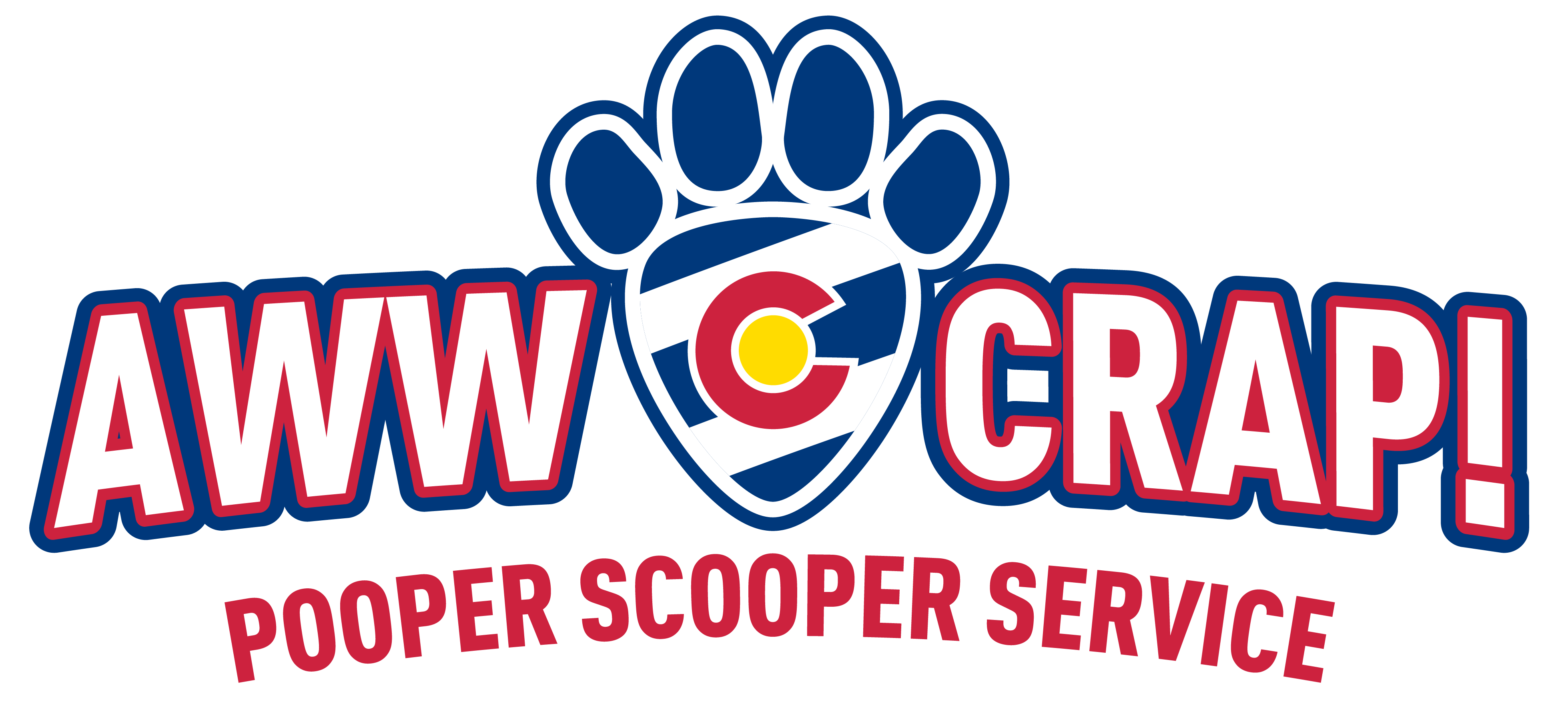Good nutrition is the foundation of your pet’s mental and physical health. It’s the
foundation of a high quality of life and vitality, and it must be crafted to suit a dog’s
metabolism. The common dog foods in the marketplace are designed primarily for the
owner’s convenience, with optimal pet health as a secondary objective. This doesn’t mean popular dog foods are bad for your pet, but it does mean that these foods may not supply all of your dog’s nutritional needs. If your pet’s health was the primary focus when pet food was being formulated, with no consideration given to convenience, then dry, boxed,or bagged pet food wouldn’t be an option. Neither would the wet, canned variety. In our fast-paced world, however, convenience does matter. Your goal is to find a manageable way to feed your pet good-quality food given your lifestyle.
As you evaluate the food you give your pet, it’s important to remember that feeding your dog and nourishing your dog are not necessarily the same things. Nourishing your
dog depends on choosing petfoods based on nutritional qualities such as nutrient density, the bioavailability of the nutrients, and the ratio of protein, fat, and carbohydrate.

Nutrient density refers to more than protein, fat, and carbohydrate levels. In addition to the type of protein and the quality of the fat and carbohydrate, nutrient density takes into account the concentration of vitamins and minerals.
A sprinkling of vitamins and minerals in a bowl of food that has significant amounts of carbohydrate filler (such as grains like corn) means the nutrition is low-density. Higher quantities of vitamins and minerals mean higher nutrient density. A food that is made with quality protein and vegetable sources and omits the grain fillers will
present a higher nutrient density for your dog.


Read pet food labels carefully to evaluate and compare nutrient densities as best you can. Ingredients are listed in order of quantity on the package—those listed first are
the most abundant. Dog foods with more fillers than nourishment will list ingredients such as corn, wheat, rice, or other grains first or near the beginning ofthe ingredient list. In fact, the only plant-based ingredients that should be in your dog’s food are lower-glycemic
vegetables such as spinach and squash and lower-glycemic fruits such as apples and pears plus a very few higher-glycemic vegetables such as yam, sweet potato, and carrots.
These are the carbohydrate and other nutrient sources that can be moderately digested and reasonably managed by the dog’s metabolism. Chopped flaxseed is a great addition. However, these ingredients should be lower on the ingredient list in your preferred dog food, and grains like corn and wheat should not be listed at all.
The majority of the feed ingredients, that is, the ingredients making up the
beginning of the ingredient list, should be animal meats. Beware of words like “chicken
meal”, “lamb meal”, or “beef meal.” The term “meal” refers to a mash of non-specific
tissue. Choose foods for dogs that describe the meat ingredients as “chicken muscle
meat”, “human-grade beef muscle meat”, or “whole, bone-in chicken thighs/wings.”
This ensures that a quality ingredient has been selected as a major component of the feed. The protein in muscle meat provides a bounty of amino acids, vitamins, and minerals in their natural forms, as does the natural bone component.
Beyond nutrient density, the presence of a nutrient on the ingredient list doesn’t
mean it will be available for absorption after the food has been digested. The way the
foods are processed by the manufacturer affects the bioavailability of the nutrients.
This is a measure of how well or efficiently a body can metabolize (break down) and absorb the nutrients in the food. This measure of absorption is the basis for calculating the measure of retention of the nutrient in the tissues, which is the biological value. The
biological value is the true measure of a food’s effectiveness in your pet’s body. If you have been reading about human nutrition and factors that affect human health, none of this information will be news to you, but often we forget that it applies to other animals, such as our pets, as well.


Pet foods can be so intensely processed to eliminate pathogens, “improve” flavor
and texture, and enhance shelf life that the nutrient value and the bioavailability (and the biological value) of the ingredients that remain are seriously damaged in the process.
In other words, the label may indicate that an ingredient is in the product, but
that doesn’t mean it’s available to the body after the digestive process. If you rank pet
feeds based on bioavailability alone, the best form is raw, then comes home-cooked; then canned, wet food; and finally, dry kibble. (This is assuming that each food type being compared consists of the same ingredients.)
The bioavailability of the nutrients in kibble is considerably lower than the bioavailability of nutrients in properly designed raw food. Generally, foods that are exposed to processing techniques such as high heat, oxygen, acids or alkaline solutions to “pre-digest” them, and intense light tend to have lower biological values because the bioavailability of the nutrients has been compromised.
Improvement in the bioavailability or biological value of the nutrients in an animal’s
food can give its body the materials it needs to maintain or restore health.
Spontaneous healing through proper nutrition is not a miracle, especially if the illness is caused by a nutritional limitation.
Nutritional limitation does not have to cause a clinical state of deficiency to result in a significant reduction in the effectiveness of your dog’s immune system. Your dog does not have to be ill to be feeling and acting “sub par.” You know the difference between feeling (and being) very well and feeling “draggy” when it comes to your own body.
Your dog’s body experiences the same states. Nutrient-dense foods with a high biological value
can keep your dog well.


If you’ve been doing research on human nutrition, you will know that food with
the proper ratio of protein, fat, and carbohydrate triggers a hormonal response in the
body that is not limited to the release of the hormone insulin. The proper balance of
nutrients elicits a cascade of a variety of hormones throughout the body, influencing the release of still more hormones involved in the management of energy and mood, brain activity, cardiovascular regulation, liver function, and the incidence of inflammation.
This rippling hormonal response is the same in your pet.
The wrong ratio of protein, fat, and carbohydrate in a meal creates imbalanced hormonal responses throughout the body, interferes with insulin’s ability to process
sugars and transport and use fatty acids and amino acids, and can compromise health in pets. Because the vitamin, mineral, amino acid, and fatty acid needs of a dog are quite different from those of their guardian owner, the proportion and types of protein, fat, and carbohydrate in the dog’s food must be different.
Giving your dog human food or pet foods without a proper formulation strategy
can throw their hormonal balance off. Your dog will not be as well and vital as it could be. And, eventually, your dog may become ill. What is the right ratio? A good quality dog food will provide a minimum of 25 percent protein, with close to 15 percent dietary fat and around 5 percent carbohydrate/ fiber. The rest of the food is made up of moisture.
These proportions are not cut-and-dried and are a controversial subject. For example, puppyhood, which is characterized by faster rates of development of neurological tissue, bone, and muscle, requires larger quantities of protein and fat to accommodate the developing body’s demands. The quality of this protein and fat also plays a huge role in how well these different levels are tolerated or used by the body.


